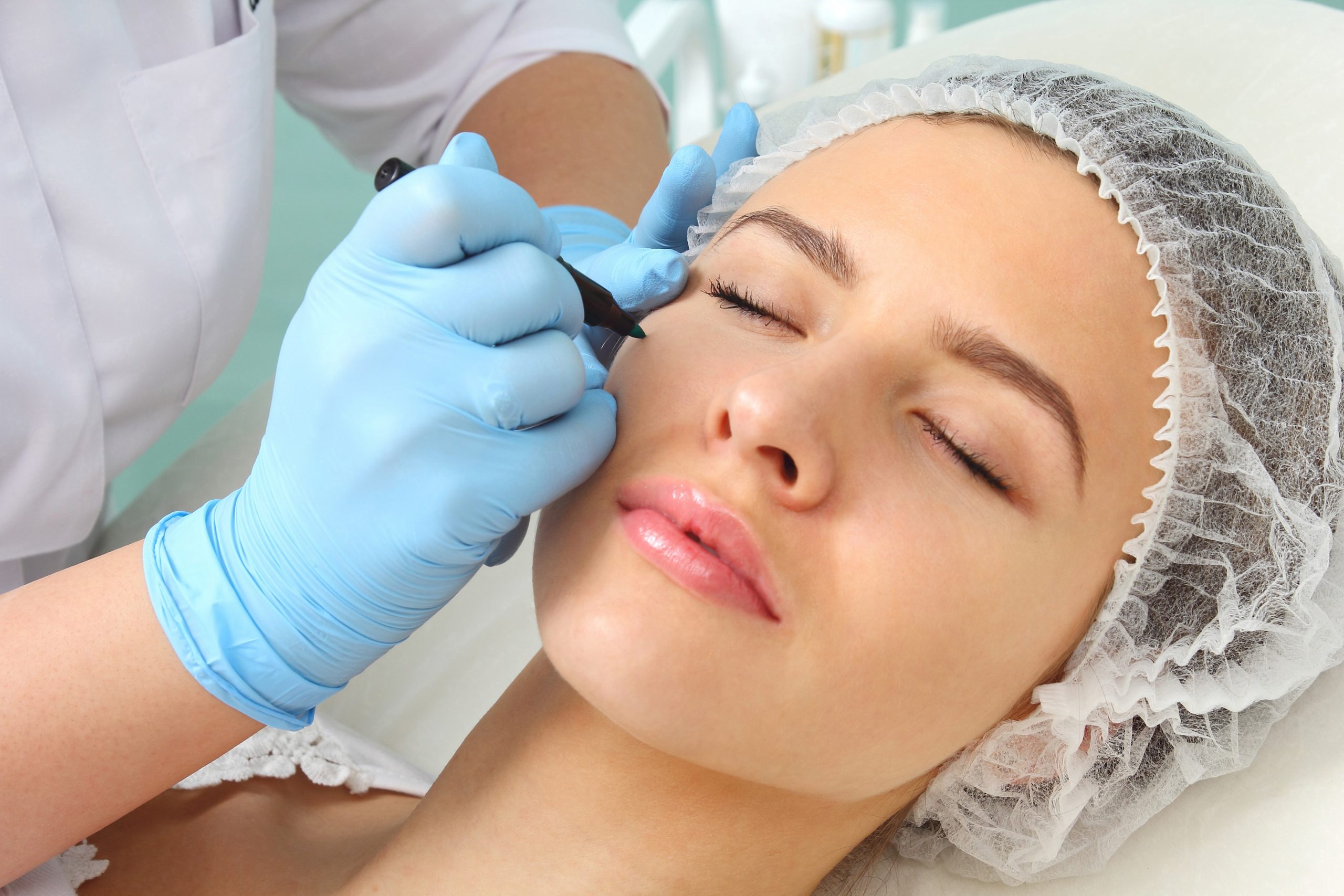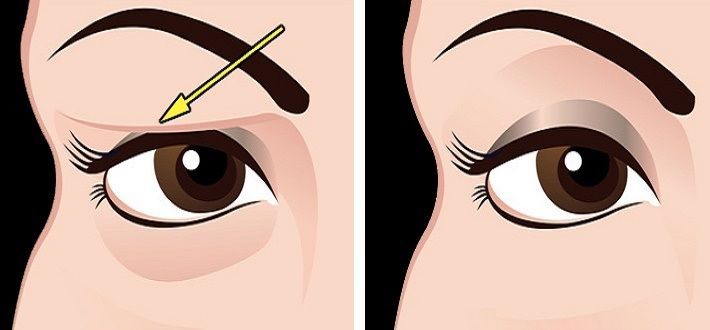ABOUT EYELID SURGERY
Eyelid surgery, also referred to as blepharoplasty or an eye lift, is a surgery performed to remove bagginess and puffiness from lower eyelids, and droopiness from upper eyelids. It is commonly performed as a cosmetic procedure, but may also be necessary for patients who have obstructed vision due to drooping upper lids. The doctor will usually make a small incision in the upper eyelid or beneath the lower eyelid, in order to remove excess skin and/or fat from the area.
Recommended for
- Rejuvenating the facial appearance
- Droopy upper lids
- Removing bags under the eyes
TIME REQUIREMENTS
- Number of days in hospital: 1 – 3 days.
Sometimes patients stay in hospital for a few days, however, in many cases, no overnight stay is required.
- Average length of stay abroad: 5 – 7 days.
Patients may need a follow up appointment to check progress or get stitches removed.

COMPARE EYELID SURGERY PRICES AROUND THE WORLD
| Country | Cost |
|---|---|
| Ireland | 3000€ |
| Spain | 2000€ |
| Tunisia | 1500€ |
| Hungary | 1100€ |
| Mexico | 1019€ |
| Turkey | 900€ |
| Poland | 703€ |
| Thailand | 653€ |
| India | 628€ |
HOW TO FIND QUALITY TREATMENT ABROAD
BEFORE EYELID SURGERY ABROAD
If a general anesthetic is administered, patients will usually be advised to stop eating and drinking around 12 hours before the procedure.
Some clinics perform the surgery with a local anesthetic, in which case patients are awake for the procedure but the eye area is completely numb. Patients who are awake throughout can usually leave the clinic the same day.
HOW IS IT PERFORMED
How the surgery is performed, will depend on whether the upper or lower eyelid is being treated.
Upper eyelid surgery involves making an incision in the skin, through which skin and fat is removed. The site is then stitched together in the eyelid, creating what looks like a natural crease.
Lower eyelid surgery involves an incision being made in the lower eyelash line, or on the inside of the lower lid, in order to avoid noticeable scarring, this incision is referred to as a transconjunctival incision. Through the incision, fat can be either removed or added, depending on the desired result, and the incision is then closed.
Sometimes the stitches need removing around one week after surgery, but the surgeon may use dissolvable stitches which are absorbed / broken down naturally by the body.
Anesthesia
Local anesthetic, local anesthetic and sedation or general anesthetic.
Procedure duration
The Eyelid Surgery takes 1 to 3 hours.

WHAT TO EXPECT AFTER EYELID SURGERY
Post procedure care
Patients should keep the wound clean. It is recommended that someone accompanies the patient after the procedure, in case vision is temporarily impaired. Patients should avoid swimming and sun exposure.
Patients may need to return to the clinic after around one week to get stitches removed, or wait a couple of weeks for dissolvable stitches to become absorbed / broken down naturally.
Possible discomfort
Bruising and swelling is usually worst on the day after surgery, but heals quickly. During the first 48 hours, the use of cool compresses can greatly reduce bruising and swelling around the eyes and face.
IMPORTANT THINGS TO KNOW ABOUT EYELID SURGERY
Not recommended for
- Dry eye syndrome
- Hyperthyroidism
- Detached retina
- Glaucoma
- Diabetes
- Cardiovascular disease
- Hypertension
Potential risks
- Infection
- Asymmetry
- Muscle damage
- Scarring
FREQUENTLY ASKED QUESTIONS
The most common complication from eyelid surgery (blepharoplasty) is dry eyes. This can occur if the surgeon removes too much skin, which results in problems with blinking. This can be corrected with reconstructive surgery involving a skin graft. On the lower eyelids, removal of too much skin can cause ectropion, which can cause the eyelid to fold over or turn outwards. This can result in significant damage to the eye and must be corrected. Conditions affecting vision after eyelid surgery are extremely rare.
Individual recovery times varies with each patients. On average, most of the healing occurs over a 2 week period and most patients can return to work by week 3. With post-surgery make-up, some patients return when the stitches are removed after 5 days (if stitches are used). Other patients may take as long as 4 weeks before they are able to return to work. If only skin is removed, most of the swelling and bruising will be gone in 3-5 days, however if fat is also removed then it can take 1-2 weeks to go down. Contact lenses may be worn again after 2 weeks. Sun protection around the eyes must be used for 6 months.
Vision may be blurry for a few days after surgery due to swelling and medications applied during surgery.
Eyelid surgery is often performed under local anesthetic and IV/oral sedation, meaning the area is numbed and the patient might be drowsy, but there is no pain. After surgery there is usually mild pain which is easily controlled with medication and should be gone in a few days.
The final results can be seen after 1-2 months of healing, although surgery will not stop the aging process and the shape of the eyelids will continue to change over time.
Surgery on the upper eyelids may be covered by insurance if there is a documented medical case of eyelid drooping or dermatochlasia, which is caused by excess skin on the upper eyelid and is a genetic condition. The condition must affect vision. A visual field test will be used to determine whether the surgery will correct your condition. Your doctor can tell you if your case qualifies as a medical necessity. Insurance will not cover surgery on the lower eyelid in cases where the surgery is considered cosmetic.
The shape of the eyes will change with eyelid surgery, but there are other procedures that are specifically designed to change the shape of the eye which may give you the results you are looking for.















